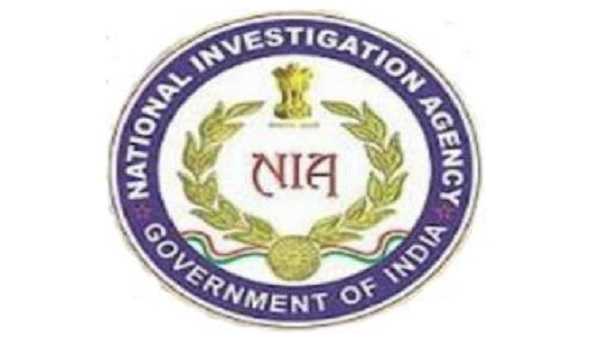Assam Speciality Tea ‘Golden Pearl’ Auctioned At A Record High Price

A specialty tea from Assam’s Dibrugarh district was on Monday auctioned at Rs 99,999 per kg, a record price fetched for the second time in two months for such a high-end variety of the commodity from the state, officials said.
The ‘Golden Pearl’ tea was owned by AFT Techno Trade and was bought by Assam Tea Traders. Guwahati Tea Auction Centre (GTAC) Secretary Priyanuz Dutta confirmed to news agency PTI, “Assam Tea Traders bought one kg of the speciality tea at ₹ 99,999.”
Yet another Assam tea sold for Rs 99,999 today at the Guwahati auctions. The buyer is Assam Tea Traders and the broker is Parcons. #Assamtea pic.twitter.com/BsukoIwiht
— roopakgoswami (@roopak1966) February 14, 2022
The group is known for purchasing high-value speciality Assam teas.
The handmade delicate variety tea was produced at Nahorchukbari at Lahowal, near the Dibrugarh airport, Tea Association of India’s Assam unit Secretary Dipanjol Deka said.
“The rare variety was offered in sale number 7 and lot number 5001 of the day at the auction,” he said.
Nahorchukbari factory is located in Lahowal near the Dibrugarh airport. The factory is owned by AFT Techno Trade and was established in 2018 by three partners – Noor Alam khan, Imran Khan and Aslam Khan.
“We buy leaf from small tea growers of Nahorchuk, Ekoratoli and Naduwa Dikom area in Dibrugarh district and we want to thank all of them for the excellent leaf they have supplied,” Aslam Khan said, adding they source green leaf from 220 small tea growers in Assam.
The last time any variety of tea fetched such record collection was when ‘Manohari Gold’ from Manohari tea estate was sold at Rs 99,999 per kg at the GTAC on December 14, 2021.
This variety of aromatic and antioxidant-rich tea is prepared from the finest tea buds and is hand-plucked only at dawn.
This was the highest price fetched in tea auction in the country, the official said.
In August 2021, ‘Golden Needle’, manufactured by Donyi Polo Tea Estate of Arunachal Pradesh, and ‘Golden Butterfly’ of Dikom Tea garden of Assam were sold at ₹ 75,000 per kg in separate auctions.






